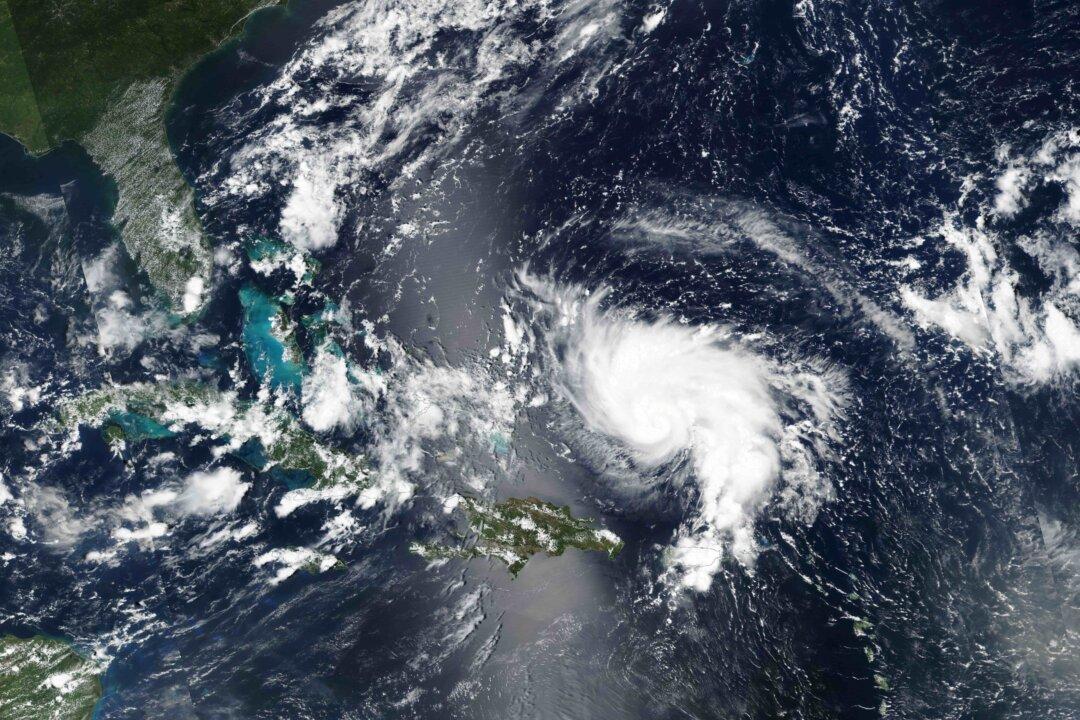Hurricane Dorian has strengthened to a strong Category 2 storm with 110 mph winds as forecasters have warned it might be the strongest hurricane to hit Florida’s East Coast since 1992’s Hurricane Andrew.
The National Hurricane Center (NHC) said that within a few days, the storm’s winds could reach 140 mph, making it a Category 4, before landfall.





